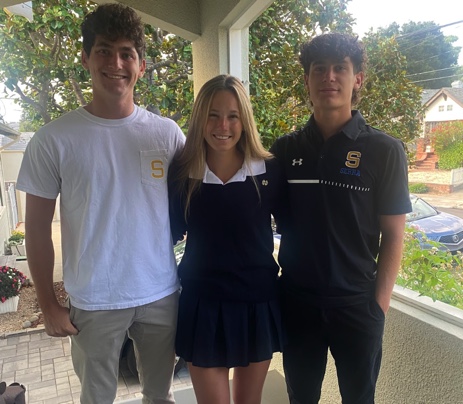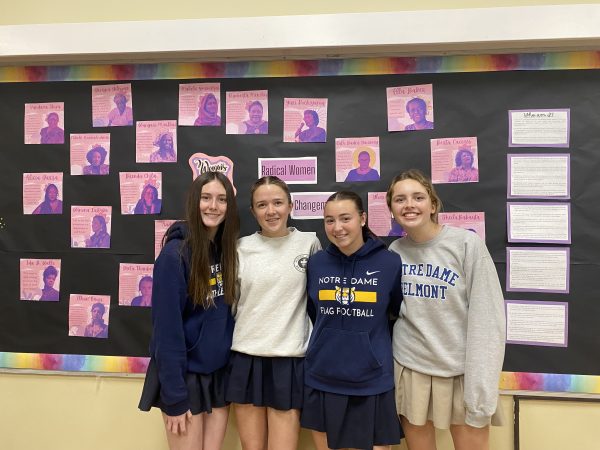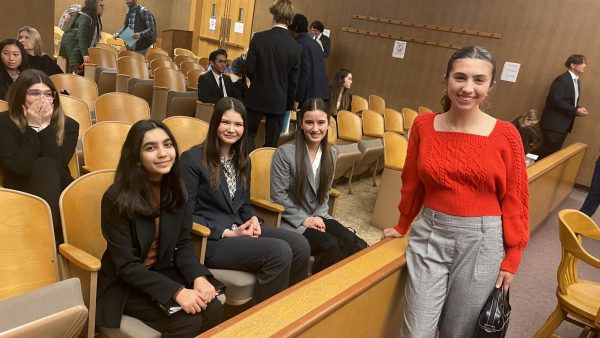The history behind AAPI hate crimes
Taking a microscope to my culture as an individual: My genetic makeup, my culture, and my traditions all tell me to identify with the AAPI community. However, lifting my head from the lens of the microscope and analyzing the crevices and depths of my inner character, I slowly walked towards a mirror, finding an appearance that did not physically belong or conform to those I called myself a part of, the AAPI community.
This is why I believe that my responsibility to write and bring attention to the hate crimes being committed against my community is greater. Those in my community bear the weight of this vulgar hate on their backs that I simply am dismissed of because of my deceiving appearance.
With a butcher knife in his right hand, Salman Muflihi viciously roamed the streets of Brooklyn February 25th around 6:30 PM (CNN). He tactfully approached the victim, a 36-year-old Asian man, and unrelentlessly stabbed the victim in the back. The victim was sent to the nearest hospital and is currently still in critical condition in a medically induced coma (CNN).
Initially Muflihi was charged with criminally negligent homicide, criminal possession of a weapon, assault, and possession of a fake ID, police said. No mention of hate crime in Muflihi’s charges (CNN). Prior to his attempted homicide, Muflifhi was charged and arrested for assault. Unprovoked, Muflihi punched a 23-year-old Asian man in the face on January 12th, a little over a month before his attempted homicide (CNN).
Protests and rallies organized by the AAPI community of Brooklyn occurred, calling for a modification for Muflihi’s charges considering his criminal history. Finally, changes were made and Muflihi’s charges were upgraded to a hate crime (CNN).
In an interview, Muflihi allegedly stated his reason for stabbing his victim was because he disliked the way the victim looked at him (CNN). However, based on the witness’s testimony and nearby camera surveillance, Muflihi attacked his victim from behind (NY Times).
Some appoint COVID-19 as the culprit and reason for recent Asian hate crimes (History.com). However, the sentiment of Asian hate did not begin with COVID. The origin of Asian hate and bigotry began with the construction of the Transcontinental Railroad in the 1800’s. Asian immigrant workers relentlessly drilling away, working to construct these railroads (History.com). Asian laborers were paid less than the white laborers—the Chinese workers were utilized to complete the life risking tasks while building the railroads such as using dynamite on site (History.com). The number of Chinese laborers increased at an accelerating rate, as they were willing to work more for a smaller wage. This enraged the white workers, bringing fuel to the fire of anti-Asian sentiment.
Once the Transcontinental Railroad was built and functional to fuel capitalism, the Asian immigrants became the enemy when they were no longer needed or useful (LA Times).
This competitive environment fueled Anti-Chinese sentiment throughout America (LA Times). White laborers felt a fear like no other that Chinese laborers would take all their jobs and opportunities. These fears were soon taken to the level of the law: The Chinese Exclusion Act was passed banning any Chinese immigrants from entering the U.S. for the next ten years (LA Times).
The Chinese Exclusion Act lasted from 1882 to 1943, sixty-one years of the law enforcing and enabling racism. However, eventually the Chinese Exclusion Act was repealed with the passage of the Magnuson Act which permitted 105 Chinese immigrants annually (History.com).
The root problem of anti-Asian hate was never addressed in the late 1800’s, simply diluted and has been recently awakened with COVID. Asian hate and discrimination was set aside with mediocre and non-adequate solutions to silence the issue temporarily, thus giving the issue of Asian hate a resurrection when granted the oppurtunity.
History repeats itself when the root cause has not been eradicated. The AAPI community needs allies. This community needs a voice, and this community deserves respect.









